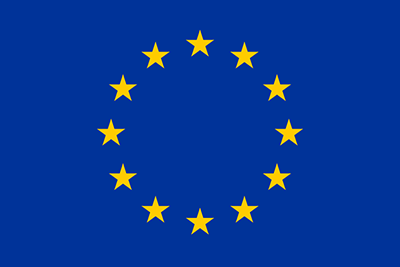In HYPERION, we want to build up a resilience framework for cities with live historical centres and scattered cultural heritage assets. Our research teams take a step forward to develop such a framework where the consequences of multiple natural perils (extreme weather conditions, earthquake, flooding, etc.) are quantitatively assessed in terms of their consequences, such as monetary loss, business continuity, human injuries, and cultural heritage degradation.
The development of the resilience framework is based on a series of modules, each answering a specific need:

The Resilience Assessment Framework consists of the exposure model, the natural hazard scenarios and the list of consequences.
Figure 1:The Resilience Assessment Framework
Following a massive data collection campaign, we build a realistic Exposure Model to account for the city building stock, cultural heritage assets, critical public buildings, lifelines, and infrastructure. It is a multi-layer model with all the necessary information to assess the risk for each part of the city. For the case study of the city of Rhodes (Greece) it comprises buildings and cultural heritage assets, as well as road, water, sewage and power networks:

Figure 2: The different layers of the city block construction

